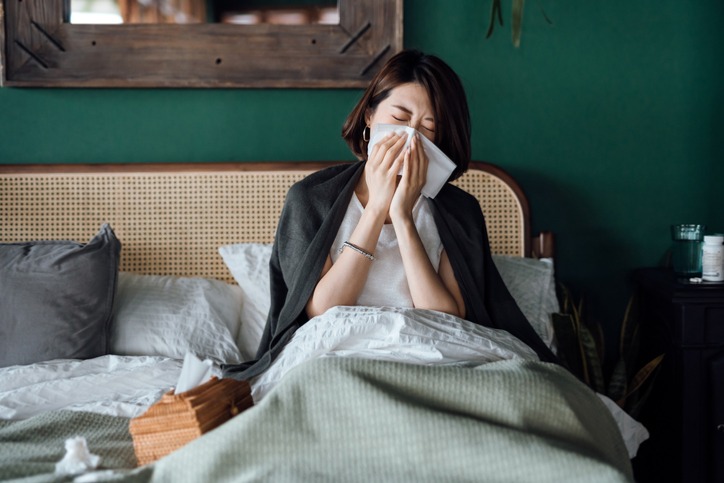
Hidden Sources Of Indoor Air Pollution
For your health, quality is paramount. With so much attention paid to the quality of the water or food we ingest, we don’t often think of the quality of the air we breathe indoors. The average adult breathes 2,000 gallons of air daily, enough to nearly fill a regular-sized swimming pool. As most people spend the vast majority of their time indoors, having access to clean, high-quality air is integral to leading a healthy life. Yet, due to the high level of insulation in modern structures, hidden sources of indoor air pollution can make your indoor air several times more polluted than the air outdoors. But what are these hidden sources of indoor air pollution?
Here, our HVAC company in Gainesville, FL, lists the most common hidden sources of indoor air pollution and discusses the best ways to combat them. Contact our local HVAC company today to schedule indoor air quality services for healthier, higher-quality indoor air all year round in your home or workplace.
Paint
Whether you’ve moved into a new home or office space, or you just want to do some sprucing up, chances are you’ll reach for a bucket of paint to recolor your walls. But, when new paint is applied to your walls, harmful volatile organic compounds (VOCs) can increase by more than 1000. Even as your paint dries, the levels of harmful pollutants remain. VOC emissions can pollute indoor air for up to 6 months after the paint was first applied. Depending on the ingredients of the paint, it could contain benzene and methyl chloride, which are linked to cancer.
Candles
Most indoor air pollution sources in a home stem from dangerous sediments and gases that linger in the air. A common culprit behind low indoor air quality is candles. Whether you choose Soy-based candles or candles with essential oils, the results are the same: candles release carbon particles into the air as they burn. In addition, candles with kerosene are particularly harmful, while other chemicals that are scientifically associated with the development of lung cancer are often added to the candle’s wax to help them solidify.
Air Fresheners
Air fresheners and candles are a common source of reduced indoor air quality. The majority of air freshener products available for purchase at the grocery store emit toxic chemicals at high levels, potentially resulting in several health problems for you and those around you. Most popular air fresheners are formulated with significant amounts of ethylene-based glycol ethers, which are hazardous air pollutants linked to blood disorders and neurological issues. Another common ingredient in these products is phthalates, which can disrupt the endocrine system, particularly in infants, children, and pets. We recommend skipping these and instead installing in-duct air purifiers for better-smelling, healthier, and fresher air in your indoor spaces.
Cleaning Products
When you use household products to clean your home, the ingredients in those products could be harmful to your health or your indoor air quality. Yet, many top-selling cleaning products are formulated with dangerous chemicals that have significant impacts. Some of these products even contain VOCs, such as spray cleaners, bleach, furniture cleaners, furniture and floor polish products, and cleaners for the stove and oven. The best way to avoid VOCs is to avoid them or limit their source. When using cleaning products, ensure adequate ventilation, as it can substantially reduce the accumulation of VOCs. You should also ensure the indoor temperature and humidity level is low. Purchase cleaning products that contain no VOCs and wooden furniture or other items with natural wood finishes.